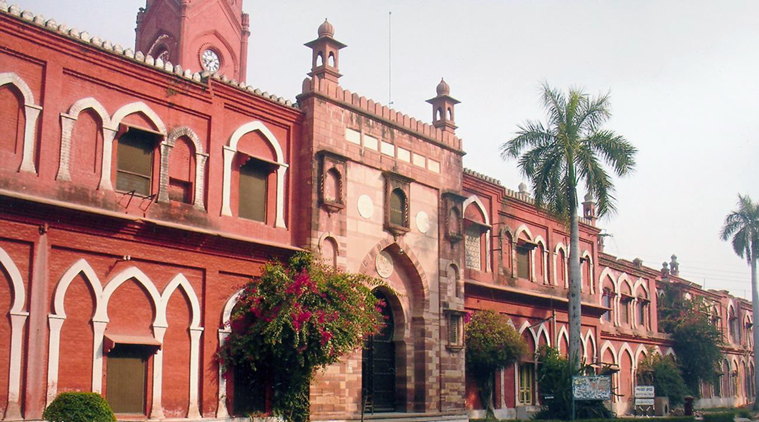Opinion For Muslims, primarily
AMU founder intended it to cater to the community’s educational needs.

 Aligarh Muslim University. (Source: File photo)
Aligarh Muslim University. (Source: File photo)
This is with reference to Bhupender Yadav and Vikramjeet Banerjee’s well-researched article, ‘Not for Muslims alone’ (IE, July 8). My article is a rejoinder to them. I fully agree that the Aligarh Muslim University (AMU) is not for Muslims alone. In fact, no higher education minority institution in India can close its portals completely to others. The AMU is a 96-year old institution, but it was only in 2005 that the university provided for 50 per cent reservation for Muslims of India.
Since 1958, when it delivered its verdict in the Kerala Education Bill case, the Supreme Court has consistently held that minority institutions are primarily for minorities and there shall be “only sprinkling of outsiders” in such institutions. The observation was reiterated by a 11 judge bench of the apex court in the T.M.A. Pai Foundation v. State of Karnataka case: The court lifted the upper limit of 50 per cent minority reservation, which it had fixed in St. Stephens College v University of Delhi. Since minority institutions can be established by religious as well as linguistic minorities, there is no communal angle to such reservation. Moreover, religion-based reservation is prohibited only in state institutions under Article 15(1) and is permissible under Article 30(1).
Article 30 gives minorities the right to “establish and administer educational institutions of their choice” and the Supreme Court has held in the infamous S. Azeez Basha and the Union of India case that the expression “educational institutions” includes university. This repudiates the argument that minorities cannot establish universities. Similarly “governmental aid”, under Article 30(2), does not change the character of a minority institution. Thus the chorus of criticism against AMU’s 2005 reservation policy is flawed.
Yadav and Banerjee’s piece demonstrates that history can become a wilful appropriation of facts. Let us look at historical facts: In 1898 when Sir Syed breathed his last, only 22.6 per cent Hindu students in the Muhammadan Anglo Oriental College (MAO) were Hindus. Sir Syed was primarily interested in Muslim education. Sir William Hunter, president of the Education Commission, remarked about MAO’s atmosphere: “The Mohammedan founders of this strictly Mohammedan institute have thrown open their door to the youth of all race and creeds. Among the 250 students, I find 57 Hindus or nearly a fourth of the whole. Christian and Parsi lads have also received liberal education within its walls. This liberality of mind pervades not only its rules and its teaching, but the whole life of this place”.
As to the rationale of establishing MAO college, Sir Syed said, “I shall feel sorry if anybody thinks that this college has been established so as to show discrimination between Hindus and Muslims. The main reason behind the establishment of this institution, as I am sure all of you know, was the wretched dependence of the Muslims… . Their religious fanaticism did not let them avail the educational facilities provided by the government schools and colleges. It was, therefore, deemed necessary to make some special arrangement for their education.”
Section 2 of the MAO College Law, apporved by the government, states that “the college is primarily for the Muslims and, so far as consistent with the above objectives, for others”. Such evidence should put to rest all doubts about Sir Syed’s intention.
The minority character of AMU is a legal issue and so the history of Oxford and Cambridge is not relevant in this case. In the St. Stephens College case, to arrive at a decision on the minority character of the prestigious college, the SC noted the presence of religious symbols. As to the word “Muslim” in the university’s nomenclature, the British government did object initially. But it had to give in when the Muslim community made it clear that the expression was crucial.
Participating in the debate on the 1981 AMU amendment, Indrajit Gupta boldly said that he did not believe that the preponderance of Muslims in the university will give it “a communal colour or some kind of obscurantist or reactionary colour”.




